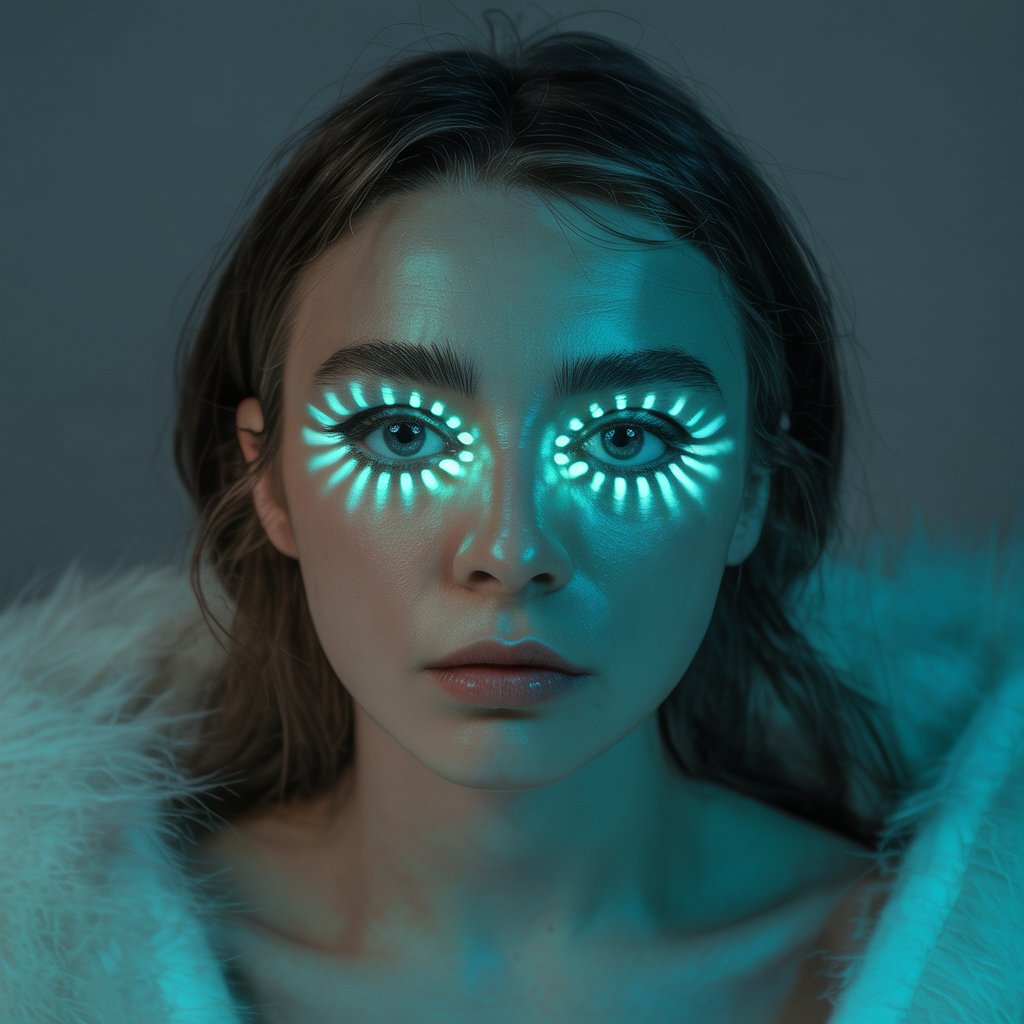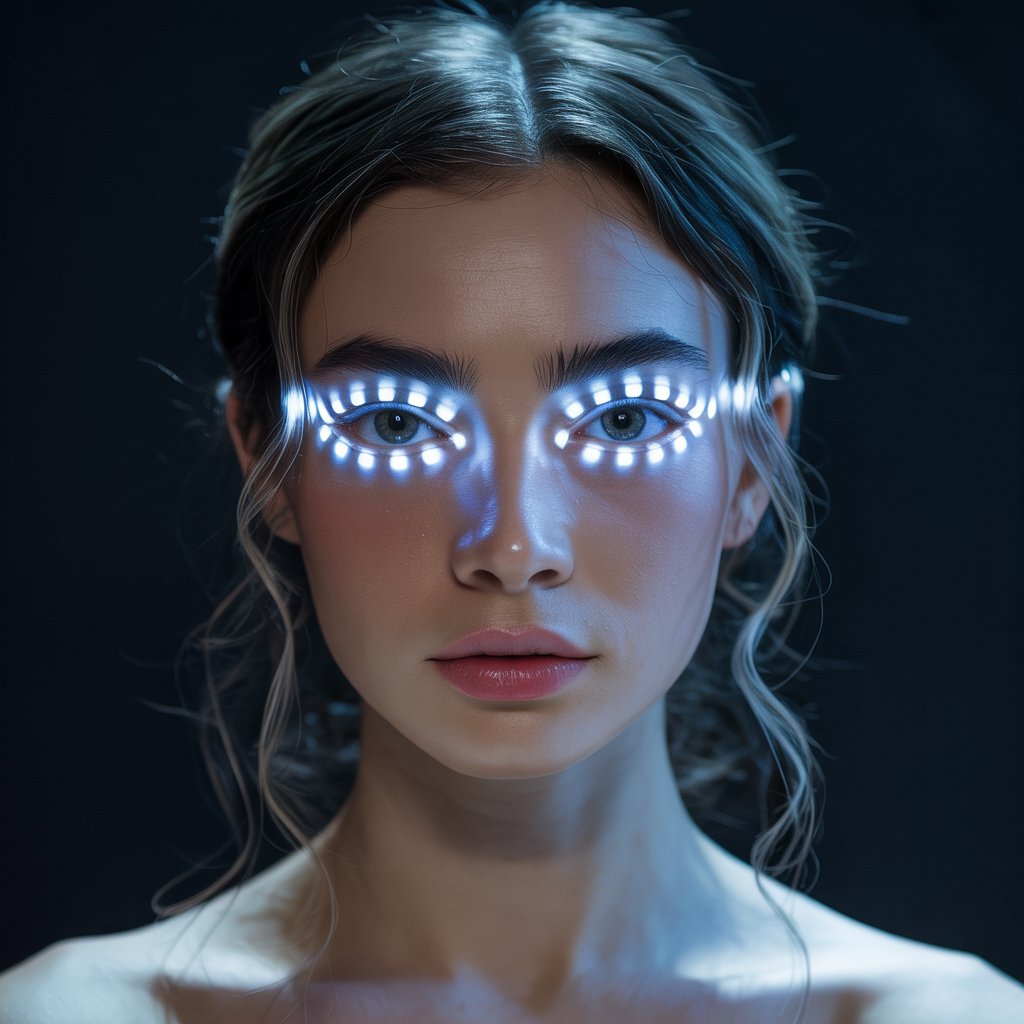Are Led Lights Bad for Your Eyes? A Scientific Answer For You
Are LED lights bad for your eyes? This is a question many people ask, especially as LED lighting becomes increasingly prevalent in homes and workplaces. This comprehensive guide will explore the potential effects of LED lights on your eyes, delving into the science behind the technology, the benefits and drawbacks, and addressing common concerns. You’ll…
Are LED lights bad for your eyes? This is a question many people ask, especially as LED lighting becomes increasingly prevalent in homes and workplaces. This comprehensive guide will explore the potential effects of LED lights on your eyes, delving into the science behind the technology, the benefits and drawbacks, and addressing common concerns. You’ll learn about the different types of LED lights, how they compare to other lighting options, and practical tips to mitigate any potential risks. Let’s shed some light on this topic!
LED lights are not inherently bad for your eyes, but prolonged exposure to high-intensity blue light from some LEDs may cause eye strain or disrupt sleep. Using warm-colored LEDs, limiting screen time, and ensuring proper lighting levels can help reduce potential eye discomfort and protect eye health.
The color temperature of LED
light is measured in Kelvin (K). Lower Kelvin values (e.g., 2700K) indicate warmer, yellowish light, similar to incandescent bulbs. Higher Kelvin values (e.g., 6500K) produce cooler, bluer light, closer to daylight. The spectrum of light emitted can influence how our eyes perceive and react to it.
Are Led Lights Bad for Your Eyes?
From this section, you will get a in-detail guide about this matter so that you can get the real information. So, stay connected and keep reading.
Read More: Can You Cut LED Lights? A Comprehensive Guide
Potential Negative Effects of LED Lights on Eyes

Blue Light and Eye Strain
LED lights, particularly those with higher color temperatures, emit a significant amount of blue light. Prolonged exposure to blue light can lead to digital eye strain, characterized by symptoms like eye fatigue, dryness, headaches, and blurred vision. This is because blue light scatters more easily in the eye than other wavelengths, potentially damaging the retina.
Glare and Discomfort
The intensity and direction of LED light can contribute to glare, especially in poorly designed lighting fixtures. Glare can cause discomfort, reduce visual acuity, and increase eye strain. The use of diffusers or strategically placed lights can minimize this effect.
Flicker and Photophobia
Some cheap or improperly manufactured LED lights can produce a subtle flicker, imperceptible to many, but for others, it can lead to eye strain, headaches, and even migraines. Similarly, some individuals are sensitive to intense light, a condition known as photophobia, and may experience discomfort from bright LED lights.
Read More: How Long Do LED Lights Last? A Complete Guide & Exact Answer
The Benefits of LED Lighting

Energy Efficiency
LEDs are significantly more energy-efficient than traditional incandescent bulbs, consuming far less electricity for the same amount of light output. This translates into lower energy bills and a smaller carbon footprint.
Longevity
LED lights have a much longer lifespan than other lighting options, lasting for many thousands of hours before needing replacement. This reduces the frequency of bulb changes and associated costs.
Versatility
LED lights are available in a wide range of styles, colors, and brightness levels, offering flexibility in lighting design and application. They can be integrated into various fixtures, from simple bulbs to sophisticated smart lighting systems.
Read More: Do LED Lights Get Hot? The Scientific Answer For You
Comparing LED Lights to Other Lighting Options
Incandescent Bulbs
Incandescent bulbs generate light by heating a filament until it glows. They are inexpensive but inefficient and short-lived, producing significant heat. They offer a warm, yellowish light.
Fluorescent Bulbs
Fluorescent bulbs use electricity to excite mercury vapor, which then emits ultraviolet radiation that converts into visible light. They are more efficient than incandescent bulbs but contain mercury and can flicker or hum.
Halogen Bulbs
Halogen bulbs are similar to incandescent bulbs but use halogen gas to extend their lifespan and improve efficiency. They offer a brighter, whiter light but still generate significant heat.
Mitigating the Potential Negative Effects of LED Lights
Choosing the Right LED Bulbs
Opt for LEDs with a lower color temperature (2700-3000K) for a warmer, more comfortable light. Look for bulbs with a high color rendering index (CRI), typically above 80, for accurate color reproduction.
Proper Lighting Placement
Avoid direct glare by positioning lights strategically and using diffusers or shades to soften the light. Ensure adequate illumination without over-brightening the space.
Adjusting Screen Brightness
Reduce the brightness of electronic devices, especially at night. Use blue light filter apps or glasses to minimize blue light exposure from screens.
Taking Regular Breaks
When working or using electronic devices for extended periods, take frequent breaks to rest your eyes and prevent eye strain.
LED Lighting and Different Settings
LEDs in the Workplace
Properly implemented LED lighting in workplaces can enhance productivity and reduce eye strain. Consider using dimmable lights and incorporating natural light whenever possible.
LEDs in the Home
Home lighting choices significantly impact mood and well-being. Use warm-toned LEDs in living areas and task lighting with cooler tones in workspaces.
LEDs and Sleep
Exposure to blue light before bedtime can disrupt the body’s natural sleep-wake cycle. Use warm-toned LEDs or install smart bulbs with adjustable color temperature in bedrooms.
Long-Term Effects and Research
Research into the long-term effects of LED light exposure is ongoing. While some studies suggest a potential link to eye damage, more comprehensive research is needed to draw definitive conclusions. The current consensus leans towards caution, emphasizing the importance of mitigating potential risks through proper lighting choices and usage habits.
Addressing Concerns About LED Light Safety
Many concerns regarding LED light safety stem from the high proportion of blue light emitted by some LEDs. However, it’s crucial to understand that the blue light emitted from LEDs isn’t inherently harmful; it’s the prolonged exposure to intense blue light that can pose a risk. This is particularly relevant for those who spend prolonged hours using digital devices.
Frequently Asked Questions
What are the main concerns about LED lights and eye health?
The primary concerns center around blue light emission, potential for glare, and the risk of eye strain and discomfort with prolonged exposure, especially from higher color temperature LEDs.
Are all LED lights equally harmful to the eyes?
No, the potential harm varies based on the color temperature, intensity, and flicker rate of the LED light. Warmer-toned LEDs (lower Kelvin) generally pose less risk than cool-toned LEDs (higher Kelvin).
Can LED lights cause permanent damage to the eyes?
While there is ongoing research, currently there’s no definitive evidence linking LED lights to permanent eye damage in typical usage scenarios. However, prolonged exposure to intense blue light could contribute to long-term problems.
How can I protect my eyes from the potential negative effects of LED lights?
Choose warmer-toned LEDs (2700-3000K), use diffusers to reduce glare, take regular breaks from screens, and use blue light filtering glasses if needed.
Final Thoughts
The question “Are LED lights bad for your eyes?” doesn’t have a simple yes or no answer. While LEDs offer significant advantages in terms of energy efficiency and longevity, understanding their potential impact on eye health is crucial. By choosing the right types of LEDs, employing proper lighting practices, and taking precautions to minimize blue light exposure, you can reap the benefits of LED lighting while safeguarding your eye health. Remember that moderate use and awareness of potential issues are key. Prioritize good lighting practices to ensure a comfortable and visually healthy environment for yourself and your family.

